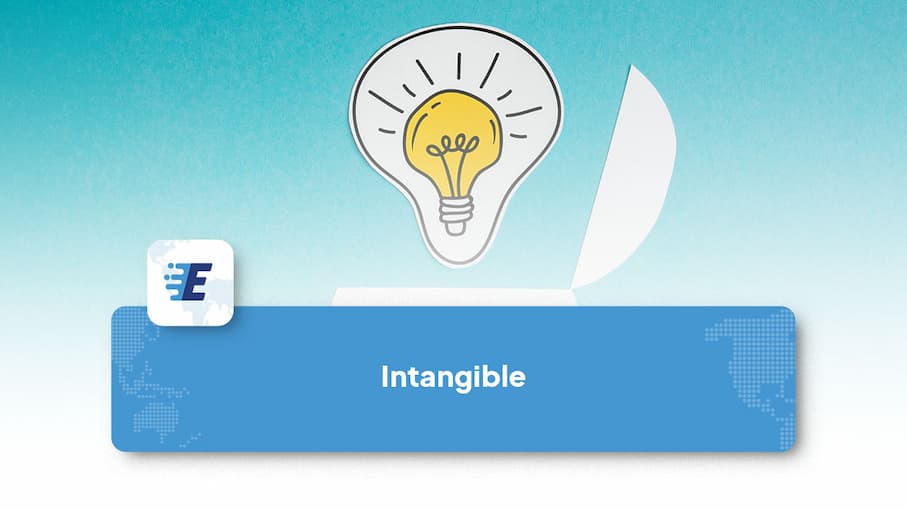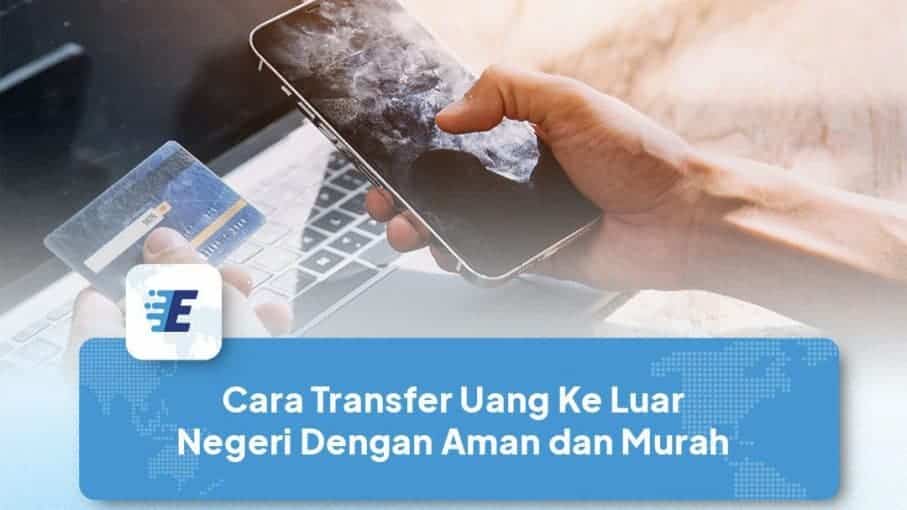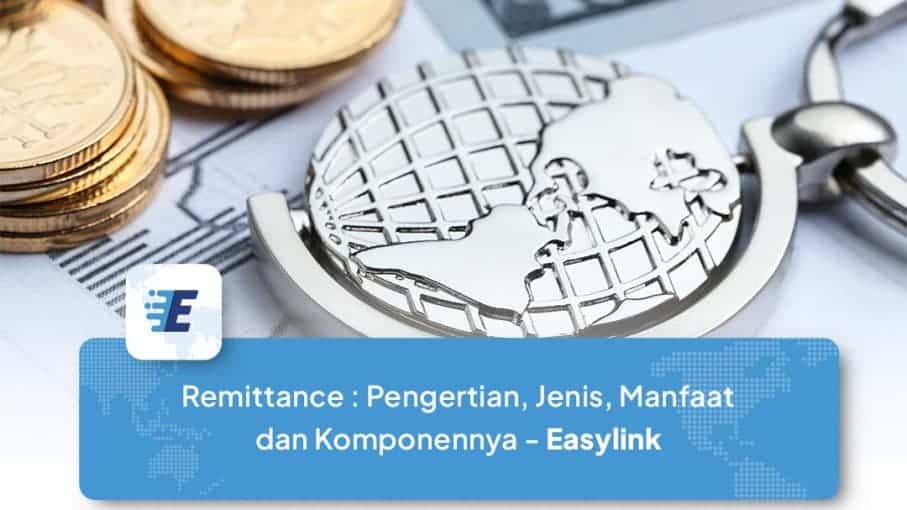Last updated on April 17th, 2025 at 09:43 am
In the business world, assets are essential components that help companies generate value and achieve their operational goals. Assets are categorized into two main types: tangible assets and intangible assets.
While tangible assets are physical and can be seen or touched, such as buildings, vehicles, or machinery, intangible assets do not have a physical form but still provide economic benefits to a company. This article delves deeper into intangible assets, their types, and real-life examples.
What Are Intangible Assets?
List of contents
Intangible assets are assets that do not have a physical presence but provide long-term economic value to a company.
These assets are often associated with legal rights, innovation, or reputation, which can enhance a company's competitive advantage. Although intangible assets are not visible, they are often a crucial determinant of a company's success in the market.
For example, the brand names "Apple" or "Coca-Cola" cannot be physically touched or measured, but their value is immense because they represent trust, customer loyalty, and innovation. This demonstrates that intangible assets have a significant impact on a company's profitability and attractiveness to investors.
Types of Intangible Assets
If you are still unclear about what intangible assets are, it is essential to understand that they come in various types. Below are some key categories of intangible assets:
1. Intangible Assets with a Limited Lifespan
These assets have a predetermined period of validity. For example, a patent licensing contract is only valid for a specific duration. Once the contract expires, the company loses its rights to the asset.
2. Intangible Assets with an Unlimited Lifespan
Some intangible assets provide permanent value as long as the business operates. An example is customer loyalty. As long as the company remains active, customer loyalty remains a key strength that supports its sustainability.
Read Also: Tangible Assets: Definition, Types, Elements, and Differences
3. Goodwill
Goodwill arises when a company purchases another company’s assets for a price exceeding its market value. The price difference is considered goodwill. This asset can be transferred, leased, sold, or licensed separately from the company.
Goodwill often includes factors that are difficult to measure directly, such as effective business strategies, customer loyalty, brand recognition, or strong organizational relationships.
4. Intellectual Property Rights
Intellectual property includes creative works or innovations that provide exclusive rights to their creators. Examples include inventions, designs, artistic works, product names, or written content.
These rights can be legally protected through copyright registration, trademarks, patents, or licensing agreements, ensuring the original creators receive legal protection and financial benefits.
Read Also: 6 Imported Commodities of Singapore Along with Tariffs and Regulations
Examples of Intangible Assets in Business
After understanding that intangible assets lack a physical form but hold significant value, here are some real-world examples of intangible assets owned by major corporations:
1. Patents
A pharmaceutical company like Pfizer holds patents for specific drugs, such as Viagra. These patents give them exclusive rights to produce and sell the drug for a certain period, making them a crucial revenue source.
2. Trademarks
Starbucks owns a globally recognized logo and brand name. This brand carries immense value because it represents quality, service, and customer experience. The use of this trademark is one of Starbucks' most valuable assets.
3. Copyrights
Disney holds copyrights on iconic characters like Mickey Mouse, which are not only used in films but also in various merchandise products. These copyrights allow Disney to generate revenue through licensing and product sales.
4. Franchise Agreements
McDonald's uses franchise agreements to expand its restaurant network worldwide. Under these agreements, franchisees gain the right to use the McDonald’s brand, recipes, and operating system.
5. Business Contracts
Companies like Boeing often sign long-term contracts with major airlines, such as Delta Airlines, for aircraft procurement. These contracts serve as intangible assets because they provide guaranteed future revenue.
Although these assets are not physically visible, they play a crucial role in a company's market success.
Read Also: Understanding What Financial Markets Are, Their Types, and Benefits
Conclusion
From the discussion above, we can conclude that intangible assets are critical to modern businesses, especially in today’s digital era. Although they are not tangible, they offer substantial economic benefits and are often the key differentiator between highly successful companies and average ones.
By leveraging brands, intellectual property rights, and technological innovations, companies can create sustainable added value. Therefore, managing and protecting intangible assets is a crucial strategy for businesses to remain competitive in the global market.




